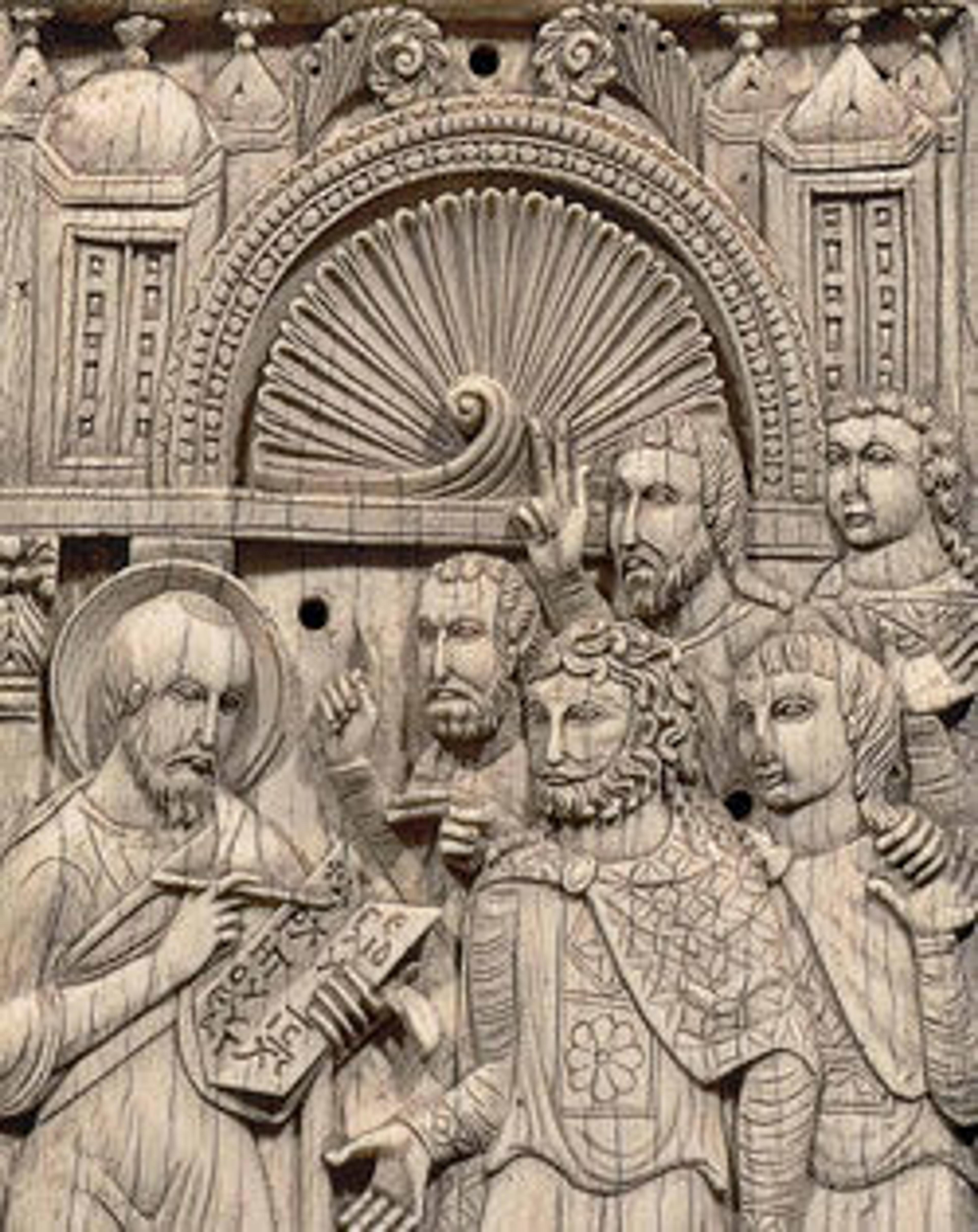Band with Vine Scroll
The vine scroll, beautifully executed on the textiles seen here, is ubiquitous in the art of the Mediterranean world. It appears throughout the art of the early Byzantine period as a decorative motif, evoking the abundance of nature and the good life. In certain contexts, such as funerary art or church interiors, the motif could take on more specific associations.
Artwork Details
- Title: Band with Vine Scroll
- Date: 4th–6th century
- Geography: Attributed to Egypt
- Medium: Tapestry weave in purple wool (dyed with indigotin-containing dye and madder) and undyed linen on plain-weave ground of undyed linen; details in flying shuttle with undyed linen
- Dimensions: Max. H. 12 1/2 in. (31.7 cm)
Max. W. 6 1/4 in. (15.9 cm) - Classification: Textiles
- Credit Line: Gift of George F. Baker, 1890
- Object Number: 90.5.594
- Curatorial Department: Islamic Art
More Artwork
Research Resources
The Met provides unparalleled resources for research and welcomes an international community of students and scholars. The Met's Open Access API is where creators and researchers can connect to the The Met collection. Open Access data and public domain images are available for unrestricted commercial and noncommercial use without permission or fee.
To request images under copyright and other restrictions, please use this Image Request form.
Feedback
We continue to research and examine historical and cultural context for objects in The Met collection. If you have comments or questions about this object record, please complete and submit this form. The Museum looks forward to receiving your comments.
